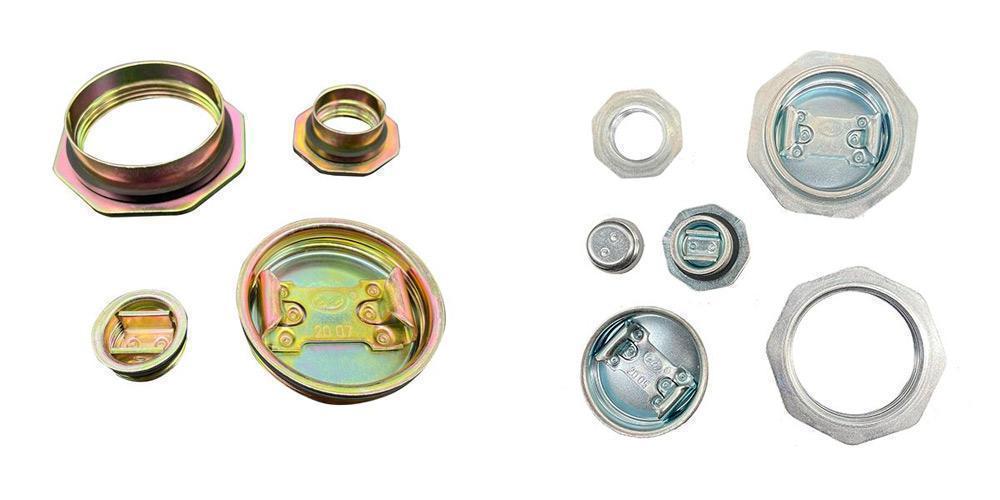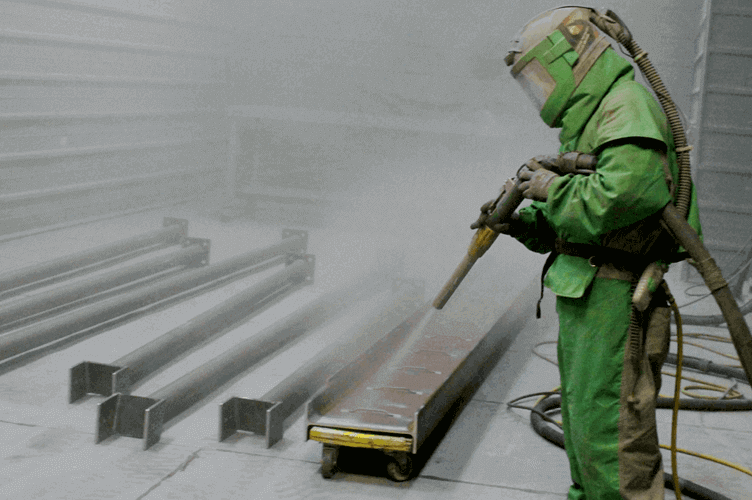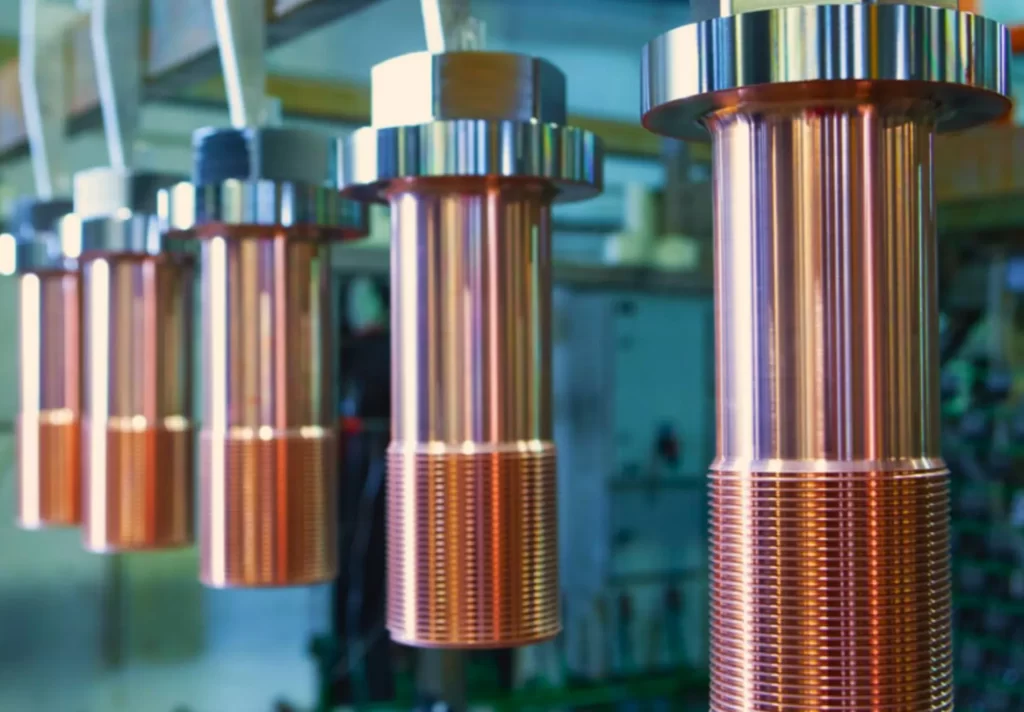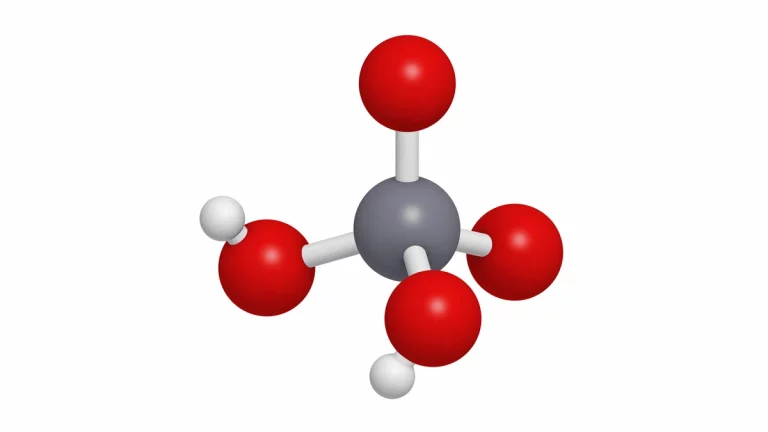In the surface treatment and metal finishing industry, chromium-based coatings are widely used to enhance corrosion resistance and aesthetics. Historically, hexavalent chromium (Cr6+) was the standard, but growing environmental and health concerns have led to a global shift toward trivalent chromium (Cr3+).
This article explains what Cr3+ is, how it works, and why it’s becoming the preferred alternative in industries like automotive, electronics, and precision engineering.

What is Chromium Plating?
Chromium plating refers to the electrochemical process of applying a thin chromium layer onto a metal surface. This layer provides:
- Corrosion protection
- Aesthetic enhancement
- Increased durability
There are two common forms:
- Hexavalent Chromium (Cr6+): Traditional, highly effective, but toxic.
- Trivalent Chromium (Cr3+): Modern, eco-friendly, and safer.
H3: Historical Use of Cr6+
Cr6+ compounds have been widely used due to their high performance in metal passivation and plating. However, studies have proven Cr6+ is:
- Carcinogenic
- Harmful to skin, lungs, and kidneys
- A major environmental pollutant
What is Trivalent Chromium (Cr3+)?
Trivalent Chromium (Cr3+) is a chemical form of chromium where the chromium ion has a +3 charge, unlike the +6 charge in Cr6+.
It’s used in surface treatment for:
- Conversion coating (passivation)
- Decorative plating
- Functional anti-corrosion layers
Cr3+ is significantly safer and more stable than Cr6+.
Why is Cr3+ Safer than Cr6+?
Lower Toxicity
Cr3+ is not classified as a carcinogen and poses minimal risk to humans during exposure or handling. It’s safer for workers and does not require as many protective measures.
Environmental Compliance
Governments and environmental bodies such as RoHS and REACH have restricted or banned the use of Cr6+ due to its toxicity. Cr3+ is compliant with:
- EU regulations
- US EPA guidelines
- Global automotive standards
Performance Comparison – Cr3+ vs Cr6+
| Feature | Cr6+ | Cr3+ |
|---|---|---|
| Corrosion Resistance | Very high | High (comparable with topcoat) |
| Environmental Safety | Hazardous | Eco-friendly |
| Regulatory Compliance | Restricted/Banned | Compliant worldwide |
| Aesthetic Appearance | Bright Yellow/Green | Blue/Gray/Silver tones |
| Worker Safety | Requires PPE & fume control | Lower risk, safer handling |
Industries that Use Cr3+ Coating
Cr3+ is now widely used in:
- 🚗 Automotive Parts – bolts, brackets, fasteners
- 💡 Electronics – terminals, connectors
- 🔧 Precision Tools – corrosion-resistant finishing
- 🏗️ Building Materials – exposed metal parts
Example: Triner® by JASCO
One of the most trusted Cr3+ products on the market is Triner®, developed by JASCO Japan and manufactured locally by PT Jasco Chemicals Indonesia.
Features of Triner®:
-
High uniformity of coating
-
Excellent corrosion resistance
-
Cr6+ free and RoHS compliant
-
Used by major OEMs globally
Frequently Asked Questions (FAQ)
Is Cr3+ coating as durable as Cr6+?
Yes, especially when combined with a proper topcoat or sealant.
Is it more expensive?
Cr3+ systems can be slightly more expensive initially but offer long-term savings on compliance and safety costs.
Can I replace Cr6+ without changing equipment?
In many cases, yes. But some process adjustments may be required.
Final Thoughts
Cr3+ offers a future-proof, safer, and eco-friendly alternative to Cr6+ in surface treatment applications. With stricter global regulations and increasing awareness of worker safety, it’s no longer a trend—it’s the standard.
By switching to Cr3+ technologies like Triner®, manufacturers can stay compliant, improve safety, and maintain high performance.
Ready to Make the Switch?
Let our experts at PT Jasco Chemicals Indonesia help you upgrade your process.
Contact us today for a consultation or technical trial.




